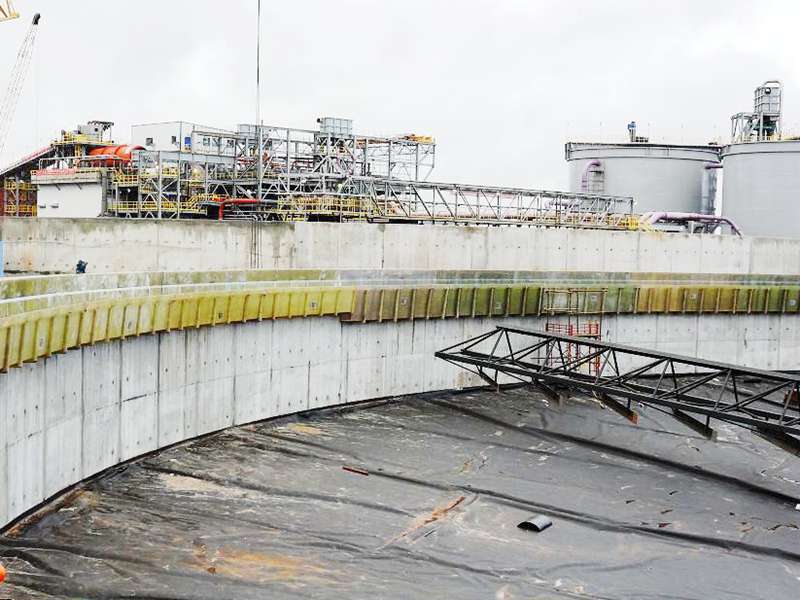
-
 Afrikaans
Afrikaans -
 Albanian
Albanian -
 Amharic
Amharic -
 Arabic
Arabic -
 Armenian
Armenian -
 Azerbaijani
Azerbaijani -
 Basque
Basque -
 Belarusian
Belarusian -
 Bengali
Bengali -
 Bosnian
Bosnian -
 Bulgarian
Bulgarian -
 Catalan
Catalan -
 Cebuano
Cebuano -
 China
China -
 China (Taiwan)
China (Taiwan) -
 Corsican
Corsican -
 Croatian
Croatian -
 Czech
Czech -
 Danish
Danish -
 Dutch
Dutch -
 English
English -
 Esperanto
Esperanto -
 Estonian
Estonian -
 Finnish
Finnish -
 French
French -
 Frisian
Frisian -
 Galician
Galician -
 Georgian
Georgian -
 German
German -
 Greek
Greek -
 Gujarati
Gujarati -
 Haitian Creole
Haitian Creole -
 hausa
hausa -
 hawaiian
hawaiian -
 Hebrew
Hebrew -
 Hindi
Hindi -
 Miao
Miao -
 Hungarian
Hungarian -
 Icelandic
Icelandic -
 igbo
igbo -
 Indonesian
Indonesian -
 irish
irish -
 Italian
Italian -
 Japanese
Japanese -
 Javanese
Javanese -
 Kannada
Kannada -
 kazakh
kazakh -
 Khmer
Khmer -
 Rwandese
Rwandese -
 Korean
Korean -
 Kurdish
Kurdish -
 Kyrgyz
Kyrgyz -
 Lao
Lao -
 Latin
Latin -
 Latvian
Latvian -
 Lithuanian
Lithuanian -
 Luxembourgish
Luxembourgish -
 Macedonian
Macedonian -
 Malgashi
Malgashi -
 Malay
Malay -
 Malayalam
Malayalam -
 Maltese
Maltese -
 Maori
Maori -
 Marathi
Marathi -
 Mongolian
Mongolian -
 Myanmar
Myanmar -
 Nepali
Nepali -
 Norwegian
Norwegian -
 Norwegian
Norwegian -
 Occitan
Occitan -
 Pashto
Pashto -
 Persian
Persian -
 Polish
Polish -
 Portuguese
Portuguese -
 Punjabi
Punjabi -
 Romanian
Romanian -
 Russian
Russian -
 Samoan
Samoan -
 Scottish Gaelic
Scottish Gaelic -
 Serbian
Serbian -
 Sesotho
Sesotho -
 Shona
Shona -
 Sindhi
Sindhi -
 Sinhala
Sinhala -
 Slovak
Slovak -
 Slovenian
Slovenian -
 Somali
Somali -
 Spanish
Spanish -
 Sundanese
Sundanese -
 Swahili
Swahili -
 Swedish
Swedish -
 Tagalog
Tagalog -
 Tajik
Tajik -
 Tamil
Tamil -
 Tatar
Tatar -
 Telugu
Telugu -
 Thai
Thai -
 Turkish
Turkish -
 Turkmen
Turkmen -
 Ukrainian
Ukrainian -
 Urdu
Urdu -
 Uighur
Uighur -
 Uzbek
Uzbek -
 Vietnamese
Vietnamese -
 Welsh
Welsh -
 Bantu
Bantu -
 Yiddish
Yiddish -
 Yoruba
Yoruba -
 Zulu
Zulu
high pressure fiberglass pipe
High pressure fiberglass pipes have emerged as a revolutionary solution in various industries due to their unique properties and advantages over traditional piping materials. These pipes are manufactured using advanced fiberglass reinforced plastic (FRP) technology, which combines the strength of glass fibers with the versatility of resin. As a result, high pressure fiberglass pipes exhibit exceptional durability, corrosion resistance, and lightweight characteristics, making them ideal for a wide range of applications.
One of the most significant benefits of high pressure fiberglass pipes is their outstanding resistance to corrosive environments. Unlike metal pipes, which can succumb to rust and corrosion over time, fiberglass pipes can withstand harsh chemicals, acids, and other aggressive substances without deteriorating. This quality makes them particularly suited for industries such as oil and gas, chemical processing, and waste management, where exposure to harmful agents is common.
Another advantage is their lightweight nature. High pressure fiberglass pipes are significantly lighter than traditional materials like steel or concrete. This feature simplifies transportation and installation, reducing labor costs and accelerating project timelines. Additionally, their lower weight does not compromise strength; these pipes can handle high pressures without deformation or failure, making them reliable for demanding applications.
The flexibility of fiberglass pipes is another notable attribute. They can be manufactured in various sizes and configurations, allowing for customized solutions tailored to specific project requirements. This adaptability is particularly beneficial in complex piping systems where space constraints and unique routing are factors.
high pressure fiberglass pipe

Furthermore, high pressure fiberglass pipes are designed for longevity. With a lifespan that often exceeds 50 years, they require minimal maintenance and replacement, contributing to cost savings over time. Their smooth inner surface also reduces friction, enhancing flow efficiency and lowering energy consumption in transport systems.
Environmental considerations are also paramount. Fiberglass pipes are more energy-efficient to produce compared to metal pipes and can be recycled at the end of their life cycle. This sustainability aspect aligns with the growing demand for eco-friendly construction materials in today's market.
In conclusion, high pressure fiberglass pipes represent a significant advancement in piping technology. Their durability, lightweight, corrosion resistance, flexibility, and environmental benefits make them an ideal choice for a variety of applications across different industries. As industries continue to seek innovative solutions to enhance operational efficiency and sustainability, the adoption of high pressure fiberglass pipes is likely to increase, paving the way for a more resilient infrastructure.
Latest news
-
Exploring the Benefits of Top Hammer Drifter Rods for Enhanced Drilling PerformanceNewsJun.10,2025
-
High-Precision Fiberglass Winding Machine for GRP/FRP Pipe Production – Reliable & Efficient SolutionsNewsJun.10,2025
-
FRP Pipes & Fittings for Shipbuilding - Corrosion-Resistant & LightweightNewsJun.09,2025
-
Premium FRP Flooring Solutions Durable & Slip-ResistantNewsJun.09,2025
-
Premium Fiberglass Rectangular Tanks Durable & Lightweight SolutionNewsJun.09,2025
-
Tapered Drill String Design Guide Durable Performance & UsesNewsJun.09,2025









